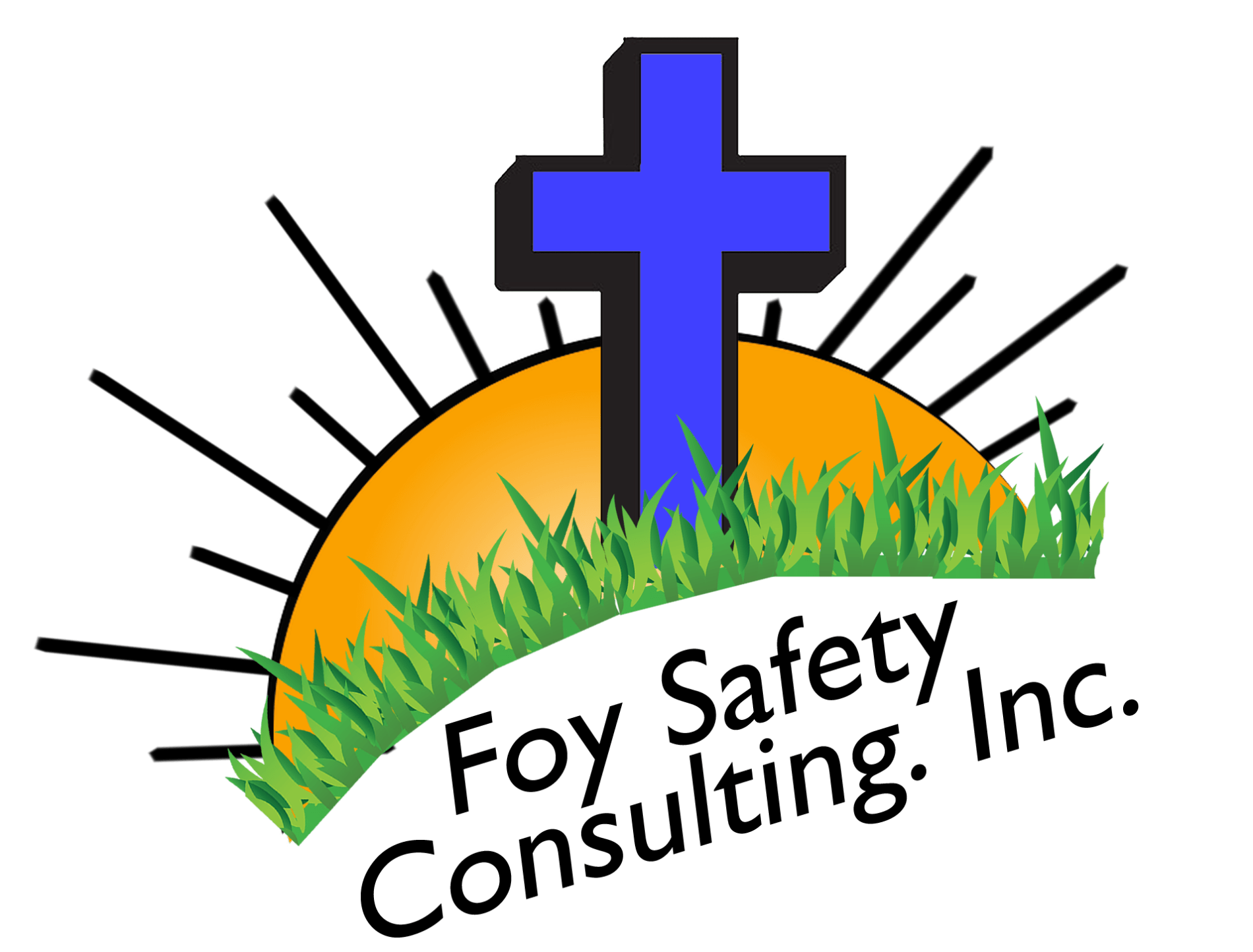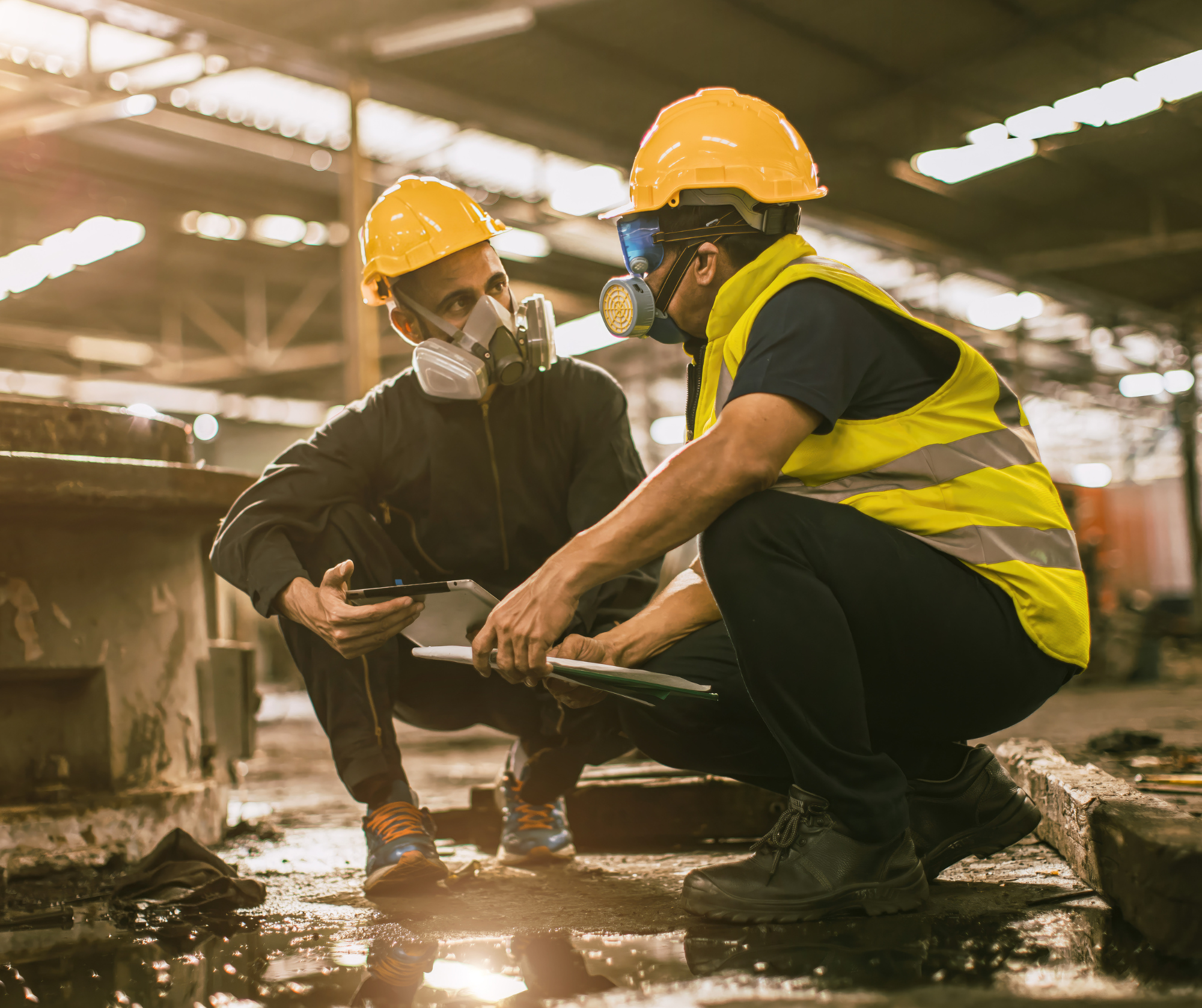Construction work is essential for developing infrastructure, but it often exposes workers to various respiratory hazards. Dust, fumes, and gases are common culprits that can significantly impact health if not properly managed. This blog will explore how to identify these hazards and implement effective management strategies to ensure a safe working environment.
Common Respiratory Hazards in Construction
1. Dust and Particulates
Dust is ubiquitous in construction sites, generated from activities such as cutting, grinding, and demolition. Inhalation of these fine particles, especially silica dust, can lead to serious respiratory conditions like silicosis and chronic obstructive pulmonary disease (COPD).
2. Asbestos
Though its use has significantly declined, asbestos is still present in older buildings. Disturbing asbestos-containing materials during renovation or demolition can release harmful fibers into the air, posing risks of lung cancer and mesothelioma.
3. Fumes
Fumes from welding, cutting, and burning materials contain a mix of metals and chemicals that can be toxic. These include manganese, lead, and other harmful substances that can affect respiratory health.
4. Gases
Construction workers may be exposed to harmful gases such as carbon monoxide from engine exhaust, nitrogen oxides, and sulfur dioxide. These gases can cause acute and chronic respiratory issues, including asthma and other lung diseases.
Identifying Respiratory Hazards
Conducting Risk Assessments
Regular risk assessments are crucial for identifying potential respiratory hazards on construction sites. This involves:
- Site Inspections: Regular walkthroughs to spot potential sources of airborne contaminants.
- Air Monitoring: Using air quality monitors to measure the concentration of hazardous substances in the air.
- Worker Feedback: Gathering input from workers about any respiratory issues they experience, which can indicate unseen hazards.
Recognizing Symptoms
Early identification of symptoms can prevent long-term health issues. Common symptoms of respiratory hazards include:
- Persistent coughing
- Shortness of breath
- Wheezing
- Chest tightness
- Eye, nose, or throat irritation
Managing Respiratory Hazards
Engineering Controls
Engineering controls are the first line of defense against respiratory hazards. These include:
- Ventilation Systems: Installing local exhaust ventilation to remove contaminants at their source.
- Water Suppression: Using water sprays to minimize dust during cutting or grinding operations.
- Enclosures: Isolating dusty operations within enclosed areas to contain hazardous particles.
Administrative Controls
Administrative controls involve changing work practices and policies to reduce exposure, such as:
- Training and Education: Providing comprehensive training on respiratory hazards and protective measures.
- Scheduling: Limiting the duration of exposure by rotating tasks among workers.
- Housekeeping: Regular cleaning to remove dust and debris from the worksite.
Personal Protective Equipment (PPE)
When engineering and administrative controls are insufficient, PPE becomes essential:
- Respirators: Selecting the appropriate respirator based on the type and concentration of contaminants. This includes disposable masks, half-mask respirators, and full-face respirators.
- Fit Testing: Ensuring that respirators fit properly to provide adequate protection.
- Maintenance: Regularly inspecting and replacing PPE to ensure its effectiveness.
Identifying and managing respiratory hazards in construction work is vital for protecting workers’ health. By conducting thorough risk assessments, implementing effective control measures, and educating workers, construction sites can become safer environments. Remember, a proactive approach to respiratory health can prevent long-term health issues and promote overall well-being on the job site.
Explore further on our blog by visiting https://www.foysafety.com/news/ for more information.


